What is Thread Lift?
A non-surgical facial rejuvenation procedure threads on the subcutaneous layer of skin to lift and volume the tissue. With tiny barbs or cones that help and support grip the skin.
What people say about Thread Lift after own experiences?
80% say it’s “WORTH IT”
- MINIMAL INVASIVE
- MINIMAL OR NO DOWNTIME
- ONLY LOCAL ANESTHESIA

PDO VS. PLLA VS. PCL
- PDO (Polydioxanone)
Biodegradable synthetic polymer that has been most commonly used for stitching suture in surgeries for many years. After being absorbed into the body over 6- 8 months by simple hydrolysis, PDO threads retain their strength and encourage new collagen responses.
PDO thread focuses more on tightening and lifting of sagging skin not just on the face but in other parts of the body.
Benefits
• Correct wrinkles: horizontal and vertical forehead wrinkles, brows, Minimize nasolabial folds.
• Shape the breast, chest, lift and tighten sagging skins and stretch marks on belly, buttocks and legs.
• Patients who have undergone liposuction treats and want tighter and firmer skin.
- PLLA (Poly L-Lactic Acid: PLLA)
PLLA sutures has been observed to be even more effective at stimulating collagen production than PDO. PLLA sutures are resorbable, acting on deeper layers of the skins so they stimulate the body to produce its own collagen. It lifts sagging skin immediately and increases the volume of saggy areas and restores shapeliness to the face
- PCL (Polycaprolactone)
Although not as commonly used or as popular as the PDO and PLLA, PCL threads is one that can last up to more than 2 years. The slower rate of degradation of the PCL threads also makes it ideal to be inserted to the surrounding tissues over an extended time. PCL is also known to be very strong at collagen production as compared to PDO or PLLA. Once dissolved, the material breaks down into nontoxic ordinary substances. After the thread has dissolved, collagen production can last for up to one year.
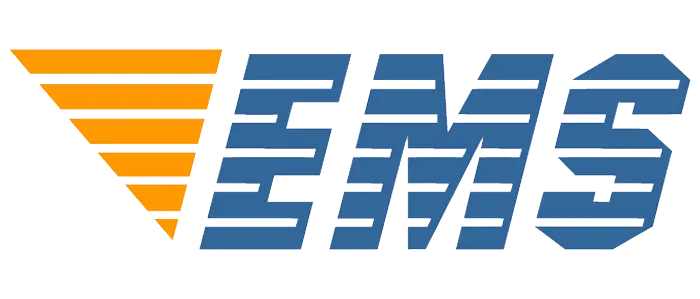






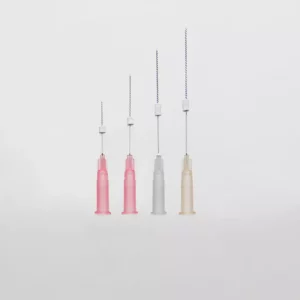
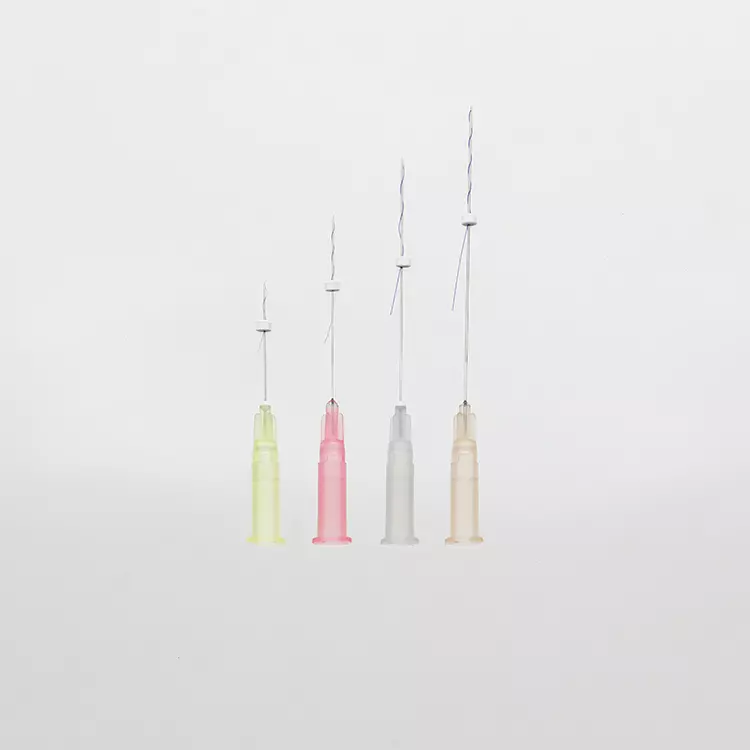
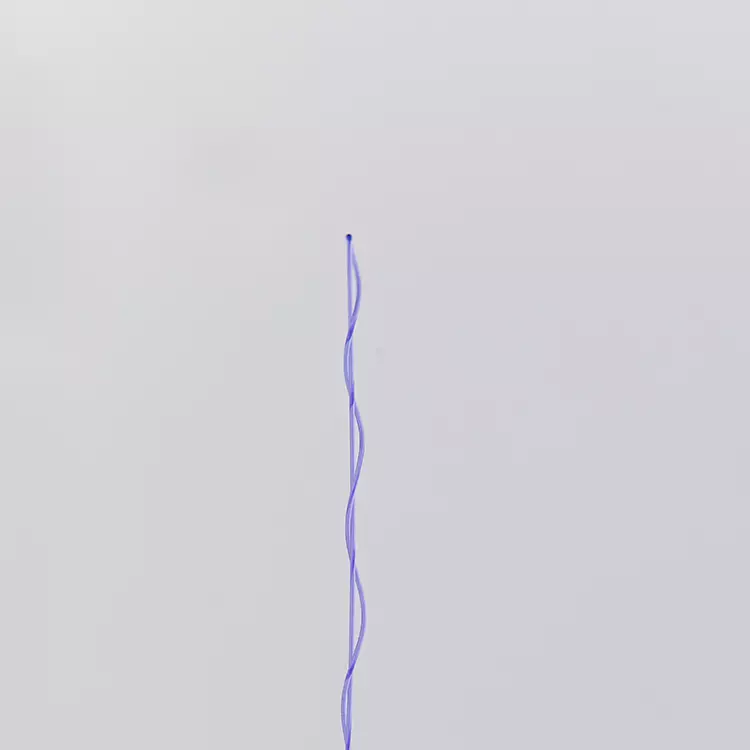
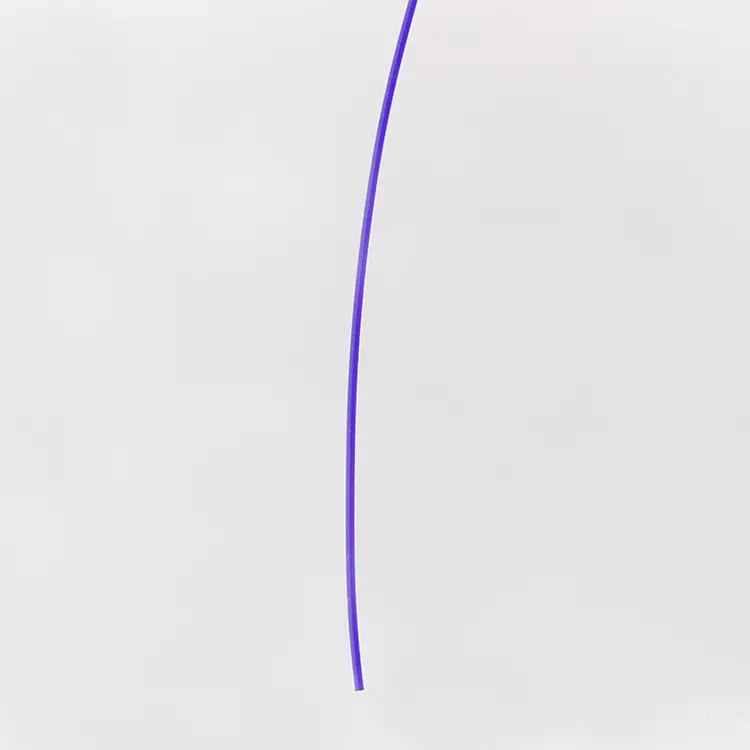
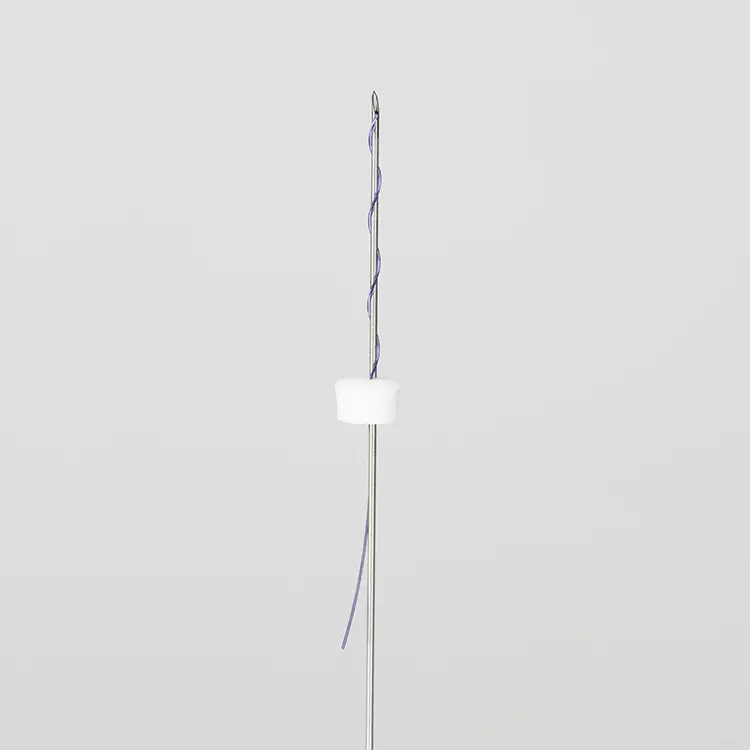
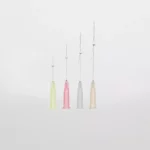
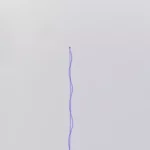

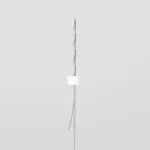


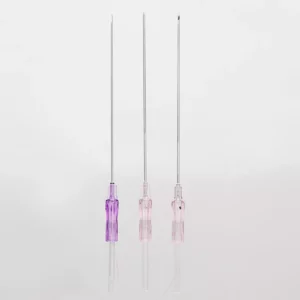

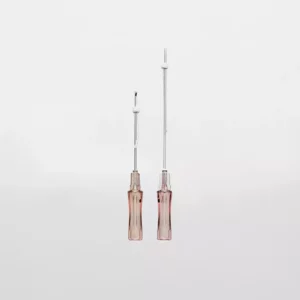
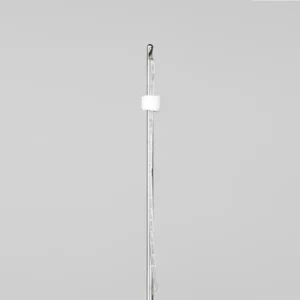


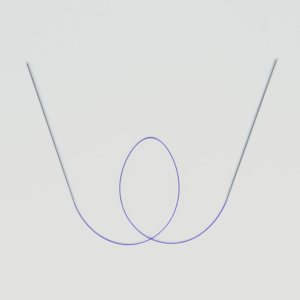

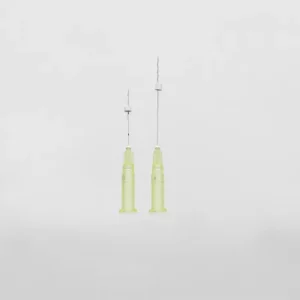
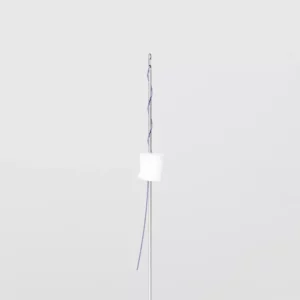


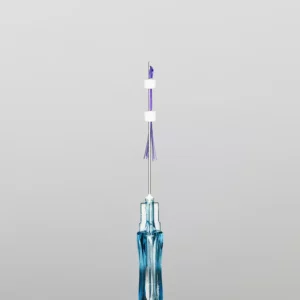

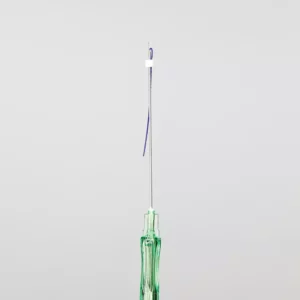
Reviews
There are no reviews yet.